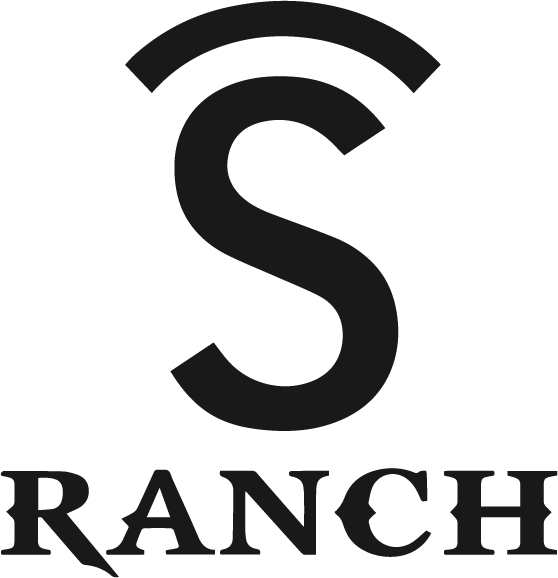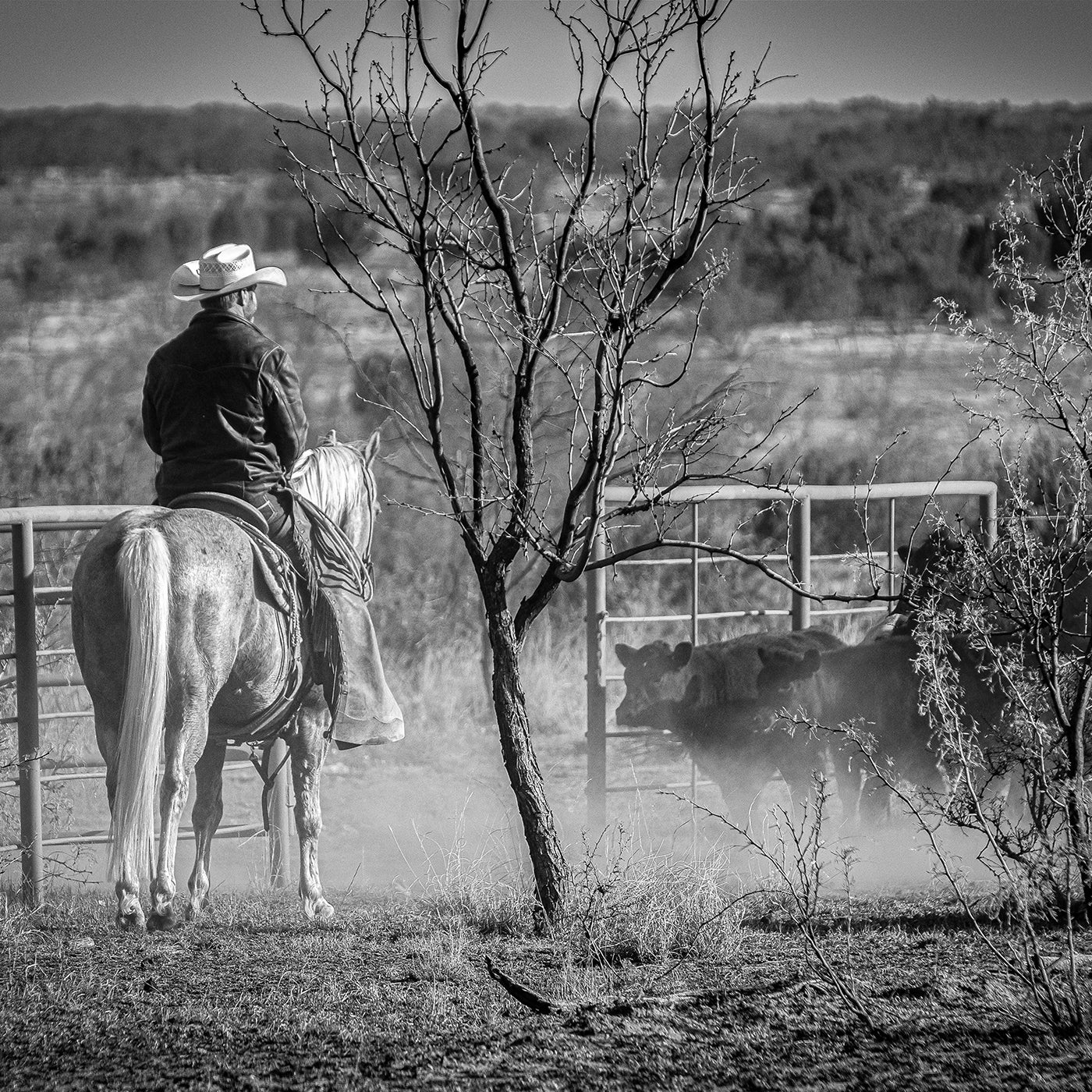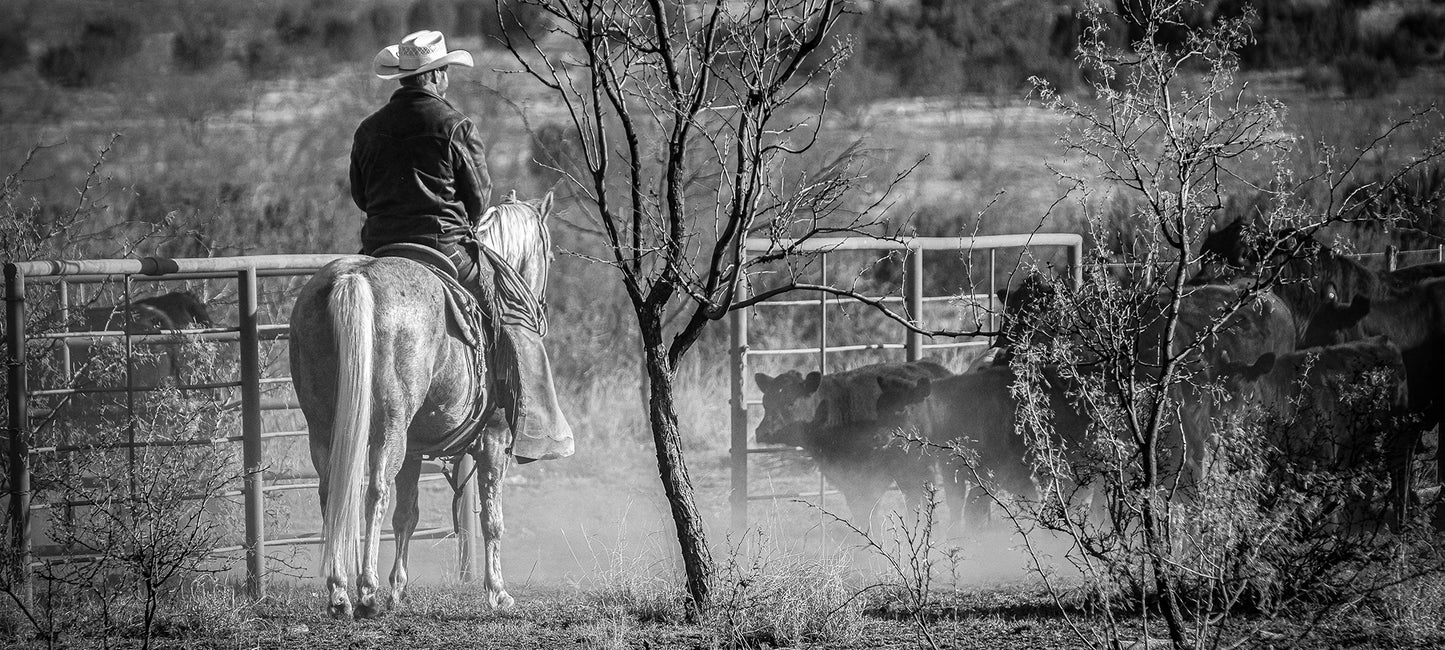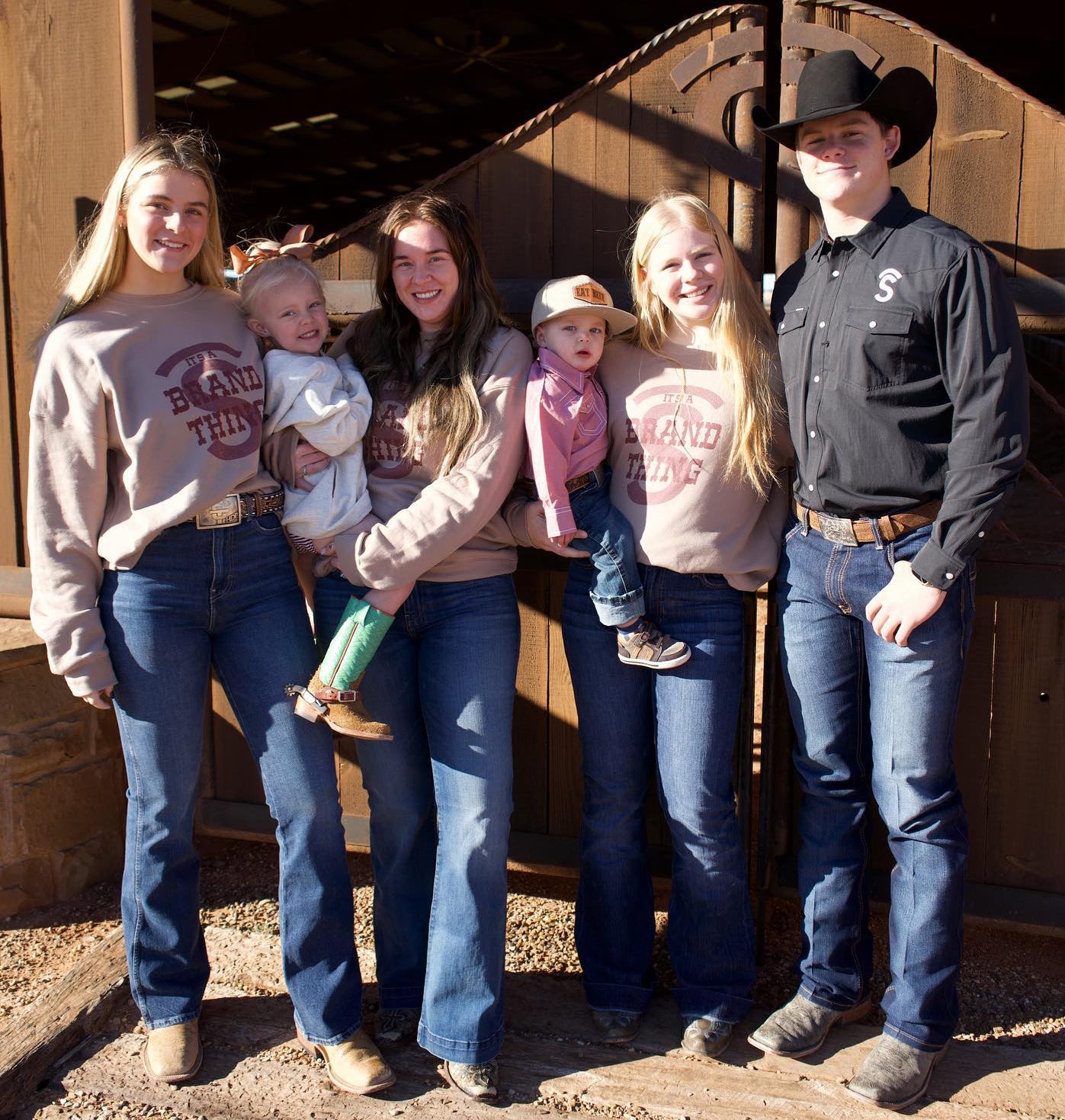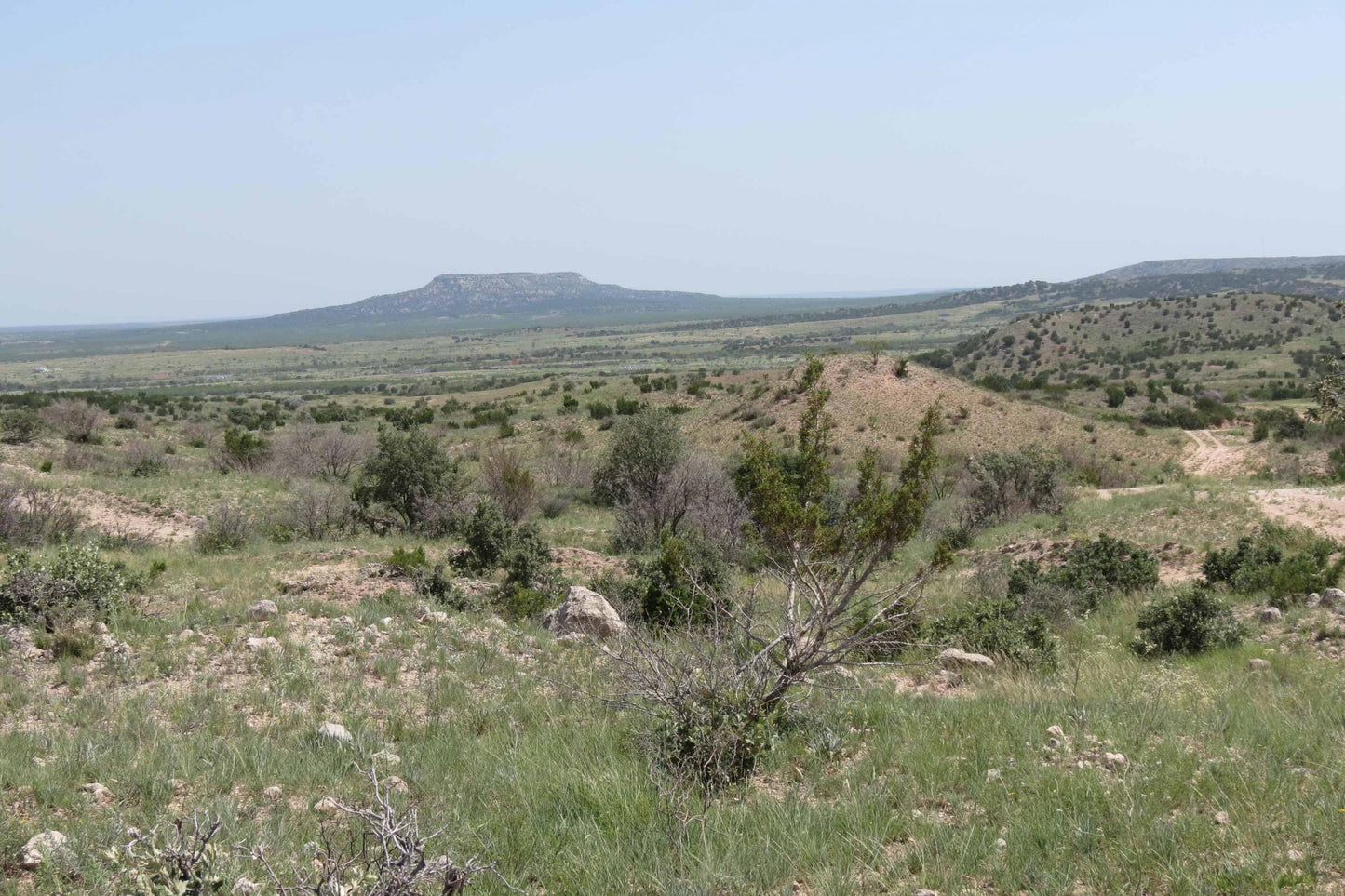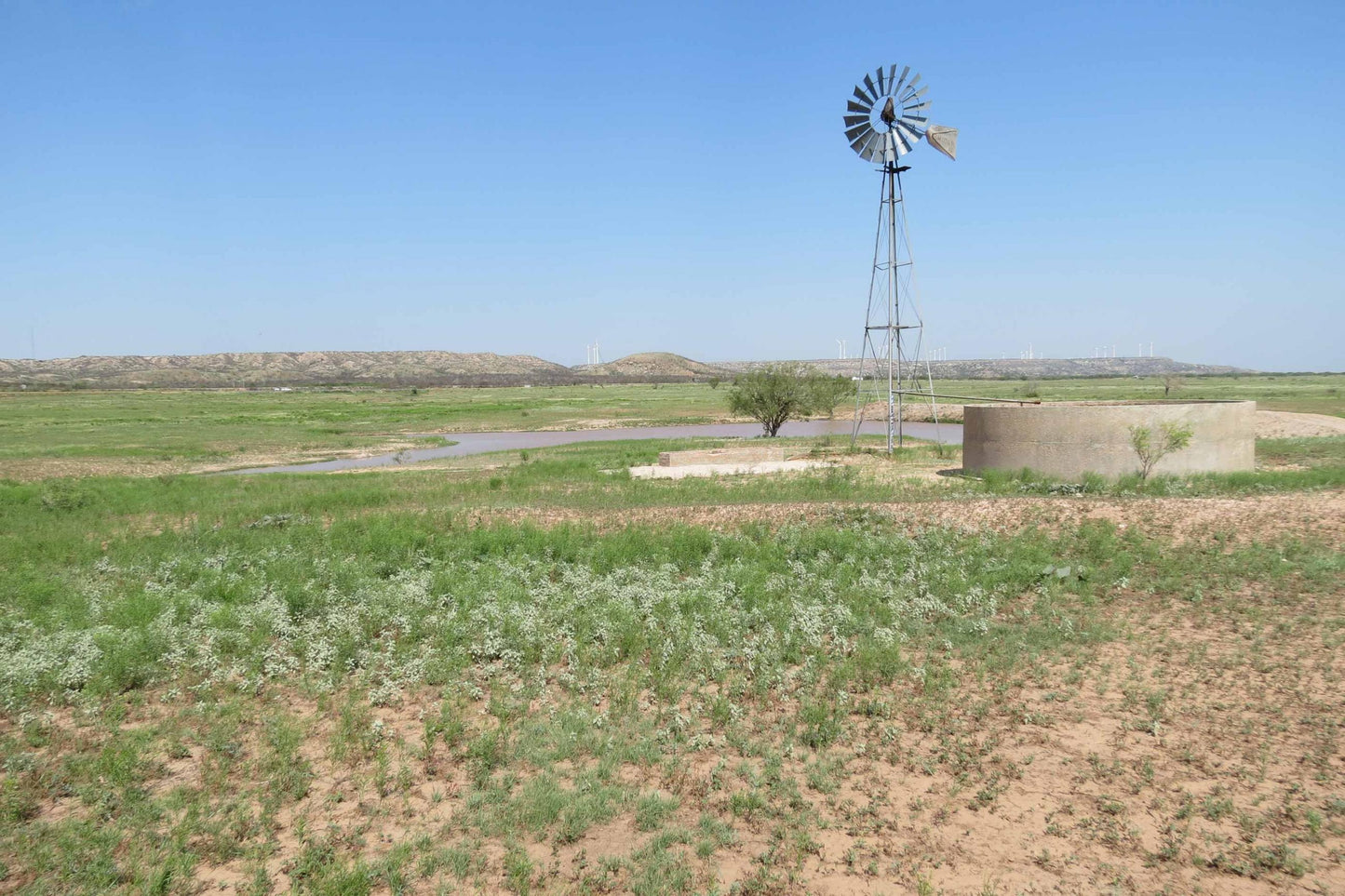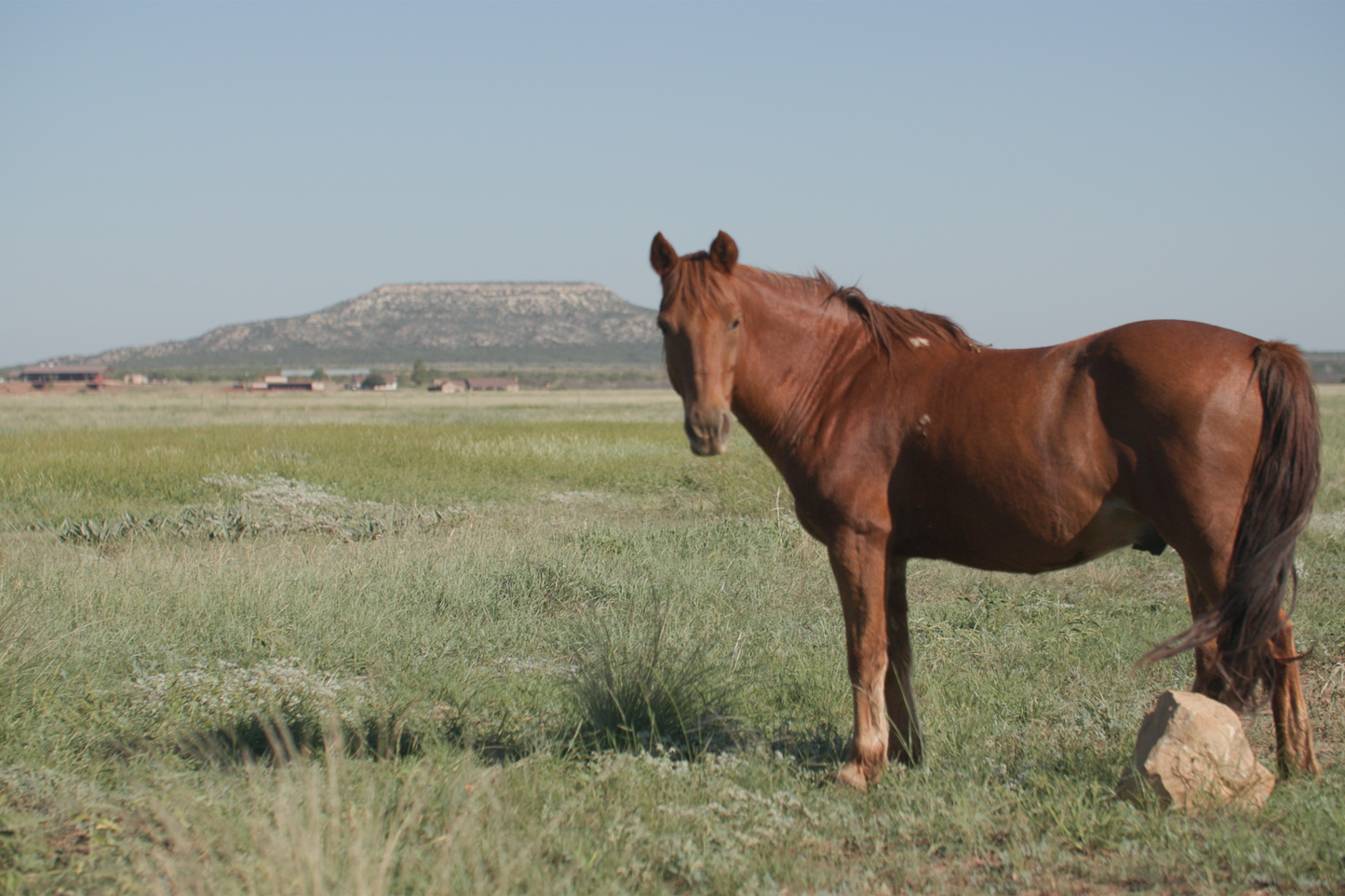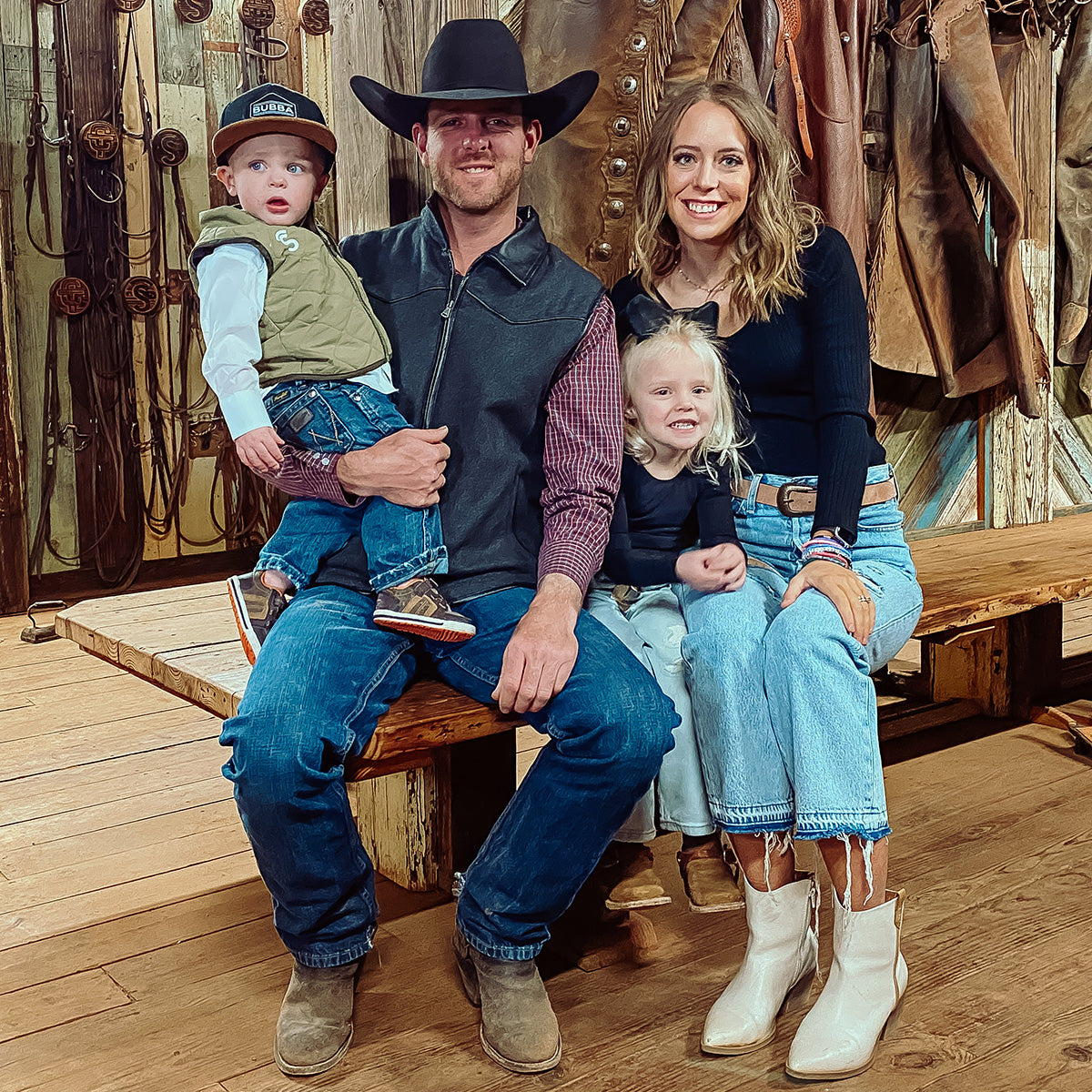
A FAMILY-OWNED WORKING RANCH
Covered S Ranch owner Chet Pharies grew up shadowing his granddad Don Hofman on the historic Bell Ranch in Tucumcari, New Mexico. As the ranch manager in the 1970s, Granddad Don and his wife Abby shared their cowboy life with the family, inspiring young Chet to dream of a life roping, ranching, and riding. In 2013 Chet realized this dream and more when he purchased the Covered S Ranch in partnership with his granddad, forming the CT Land and Cattle Co. As the next generation, Chet and his family have cultivated the tradition and heritage of operating and enjoying a working cattle ranch. They have skillfully incorporated modern-day technologies and conveniences while maintaining an authentic West Texas ranch experience for family, friends, and visitors. Their goal is to develop the 27,000 acre Covered S Ranch as a get-a-way haven, an authentic cowboy experience, a hunter’s paradise, and a legacy that will impact generations.

Ranch management
Not only is Covered S Family owned, but it's also family operated by manager and hunt guide Sam Pharies and his dad Paul Pharies both learning the business and developing a passion for ranch management on the fabled Bell Ranch.
Paul Pharies began working summers at the Bell Ranch at just 15 years old until he finished his education. After college, he was hired full-time at the Bell. On the Bell, he was educated in all the skills needed to be a “Top Hand.” Paul lived on a line camp on the Bell for over 30 years, managing 69,000 acres and 1500 head of cattle. After the Bell Ranch sold, Paul went out on his own, buying land and running his own cattle. He now brings his talent and expertise to the Covered S, working with his son Sam.
Sam Pharies has been the manager of the Covered S since 2014. As a kid Sam was out working with his dad on the Bell any time he was not required to be in school. He learned to ride, rope, weld, and run just about any equipment you might find on a ranch. In 2011, Sam graduated from Clarendon College with a major in Ranch and Feedlot Operations. Sam and his wife Cooper married in 2018 and are raising their two children, Raylee Brooks and Case Alan, on the ranch.
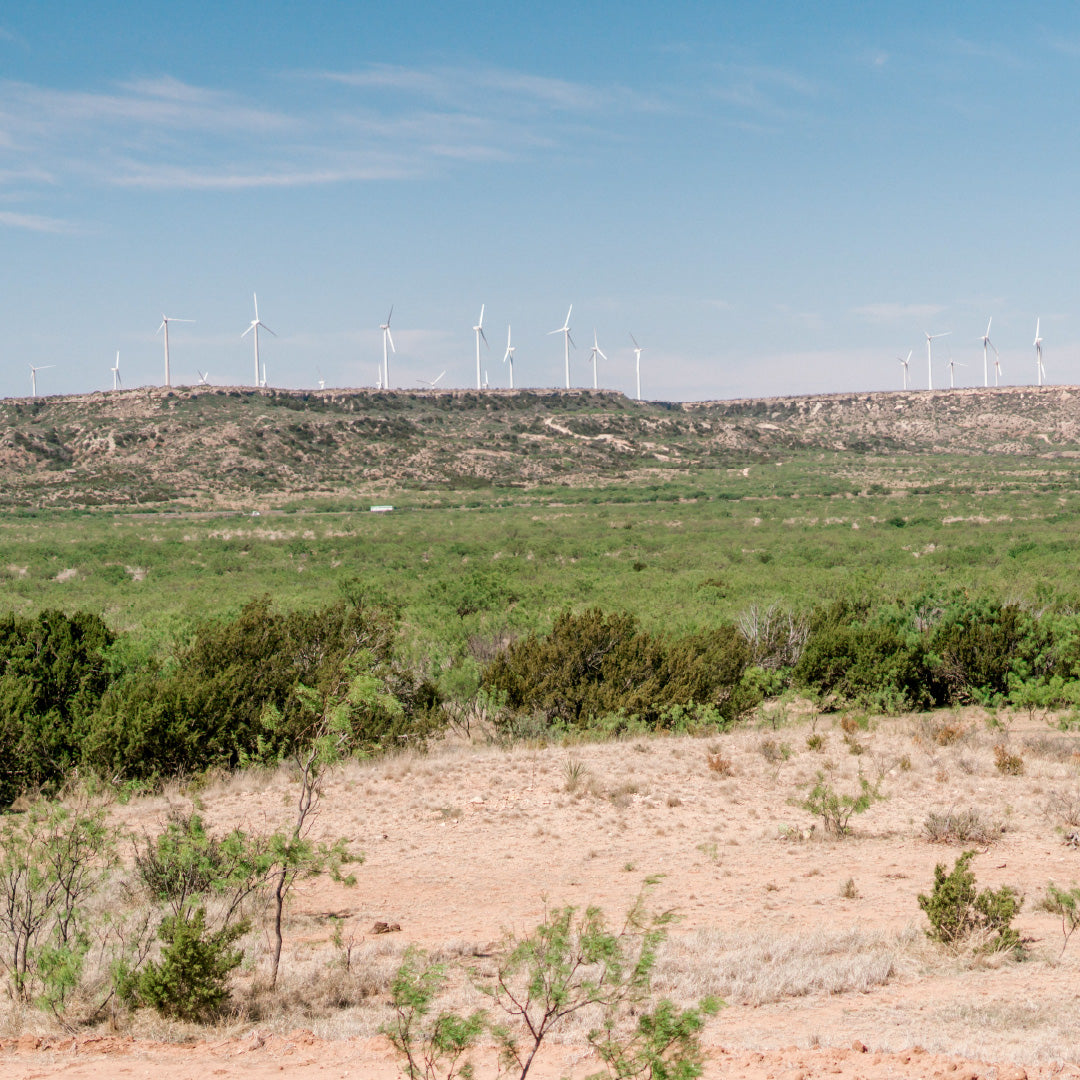
Ranch terrain
The Covered S is a 27,000-acre working ranch with Black Angus cattle, horses, and wildlife. Located on Highway 84 between Post and Snyder, the Covered S is southeast of Lubbock and northwest of Abilene, Texas. The ranch’s terrain includes mesquite, cedar, rolling plains, rugged canyons, and open pastures. In the daytime, the skies are vast, and “the stars at night are big and bright.” The ranch's terrain varies from open, rolling, native grass pastures to rugged rimrocks with some cedar break country. The southern portion of the ranch boasts open, cleared county and is home to the antelope herd and the air strip. Throughout the ranch you will find wide open spaces with sky stretching as far as the eye can see. The brush has been sculpted in many areas of the ranch, leaving desirable habitats for the abundant wildlife. Flat Top Mesa is a prominent landmark on the ranch towering approximately 400 feet above the rolling plains. Creeks running through every pasture on the ranch flow into Lake Alan Henry, which borders the northern boundary of the ranch. Additionally, a few ponds on the ranch are stocked with fish.
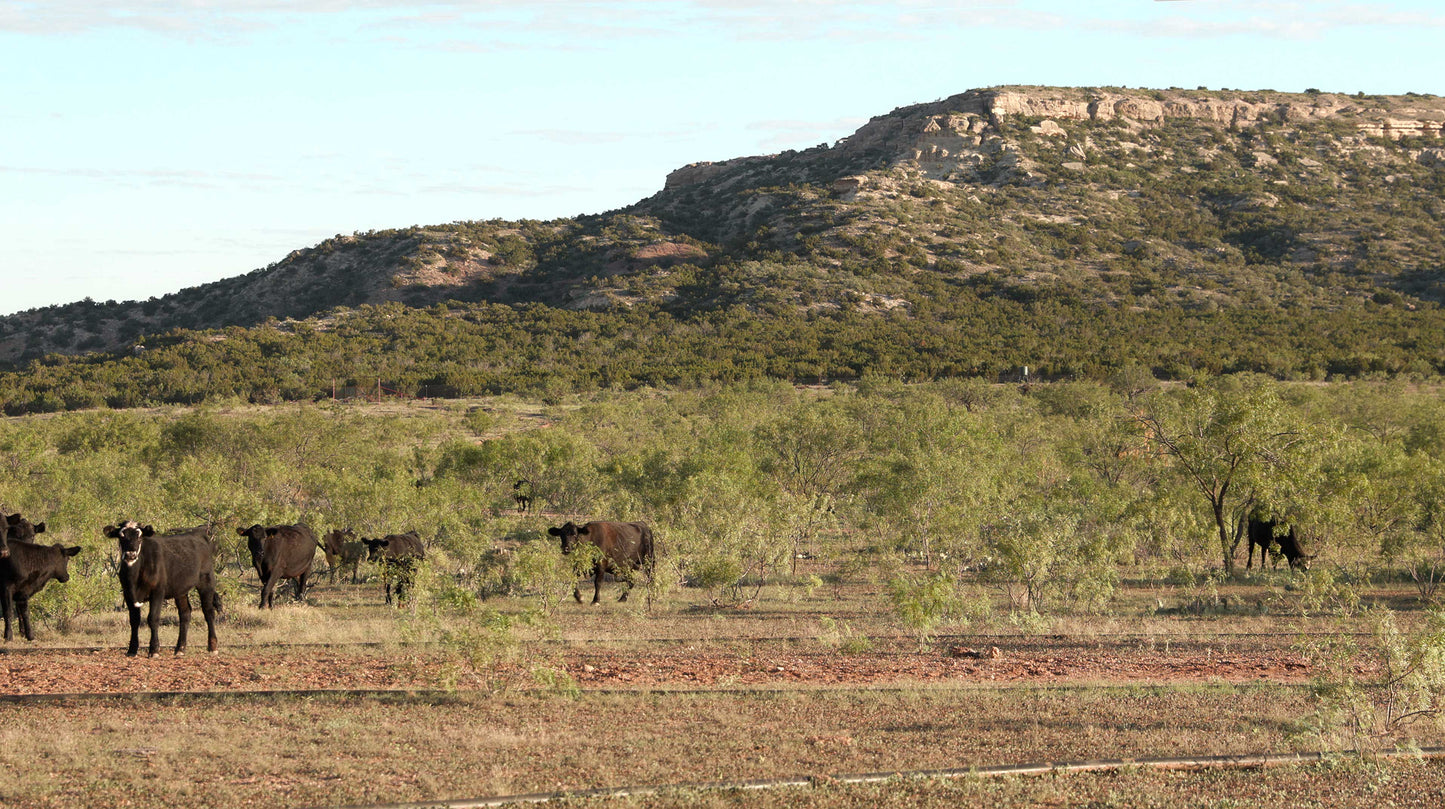
A Rich history
Long before the Pharies family occupied the Covered S, the area was Indian country. In fact, the property was believed to be a favored hunting ground for the Comanche Indians as late as the 1870s. Flat Top Mesa, a prominent landmark on the ranch towering approximately 400 feet above the rolling plains, was more than likely a sacred ritual location for young warriors to receive their “medicine” and rite of passage into manhood.
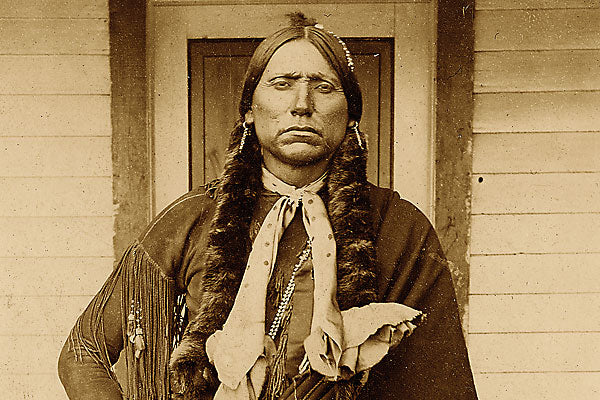
In 1871 Ranald Mackenzie assumed command of a black regiment of the United States Cavalry at Fort Concho near San Angelo, TX, with orders to stop Comanche raids along the Texas frontier. That summer Mackenzie and his “Buffalo soldiers” began a series of expeditions into the uncharted Llano Estacado to drive renegade Indians onto the reservations. Mackenzie Trail came through present-day Snyder, TX, then headed north through the ranch to the Double Mountain Fork of the Brazos River. It is presumed Mackenzie used Flat Top Mesa and Mackenzie Mountain (located just east of the Covered S) as landmarks to find the river, which would lead them up to the Llano Estacado.
Many Indian tribes were forced into Reservations by the 1870s, but Quanah Parker and his band of Quahadi Comanche Indians were very resistant and elusive. In 1871 and 1872, several attempts were made by the Fourth United States Cavalry to subdue them, but all failed. By 1873 the buffalo herds of Kansas were decimated, and the buffalo hunters moved down to the Llano Estacado. The livelihood of the Comanche was being destroyed. In 1875 Parker was camped just west of the Covered S Ranch. Quanah decided to willingly leave his life of freedom and move to the Reservation at Fort Sill, Oklahoma, marking the end of an era. By 1879 the Indians and the buffalo were gone, and the dawn of cattle ranching had begun.

The first known land purchase was a one-section near Flat Top Mesa at the notable price of one dollar per acre. The first known ranch home built on the land was constructed in 1895 and inhabited by the colorful character Red Buck Pruitt. This site is now known as the Old Homestead and can be visited for artifact hunting. In 1902 the entire area was purchased by W.A. Fuller and his two sons. The Fuller family came west with hopes that the dry climate would cure their young daughter Carrie of tuberculosis, but sadly she died en route. The Fullers made a successful ranching operation and then, quite fortunately, were around for the oil boom of the 1950s. In 1911 the Santa Fe Railroad was built from Snyder to Post. The tracks go through the Covered S, and Fullerville is a siding on the ranch to this day.

Today, as a working cattle ranch, the Covered S still brands cattle in the traditions of the Old West. During branding season, the mother cows and their calves are rounded up, one pasture at a time. The calves are roped, dragged to the fire, and flanked. Then the Covered S brand is placed on each calf. In the Fall, the cattle are again rounded up. The calves are separated from their mothers and weaned so they can be sold and shipped to market.
